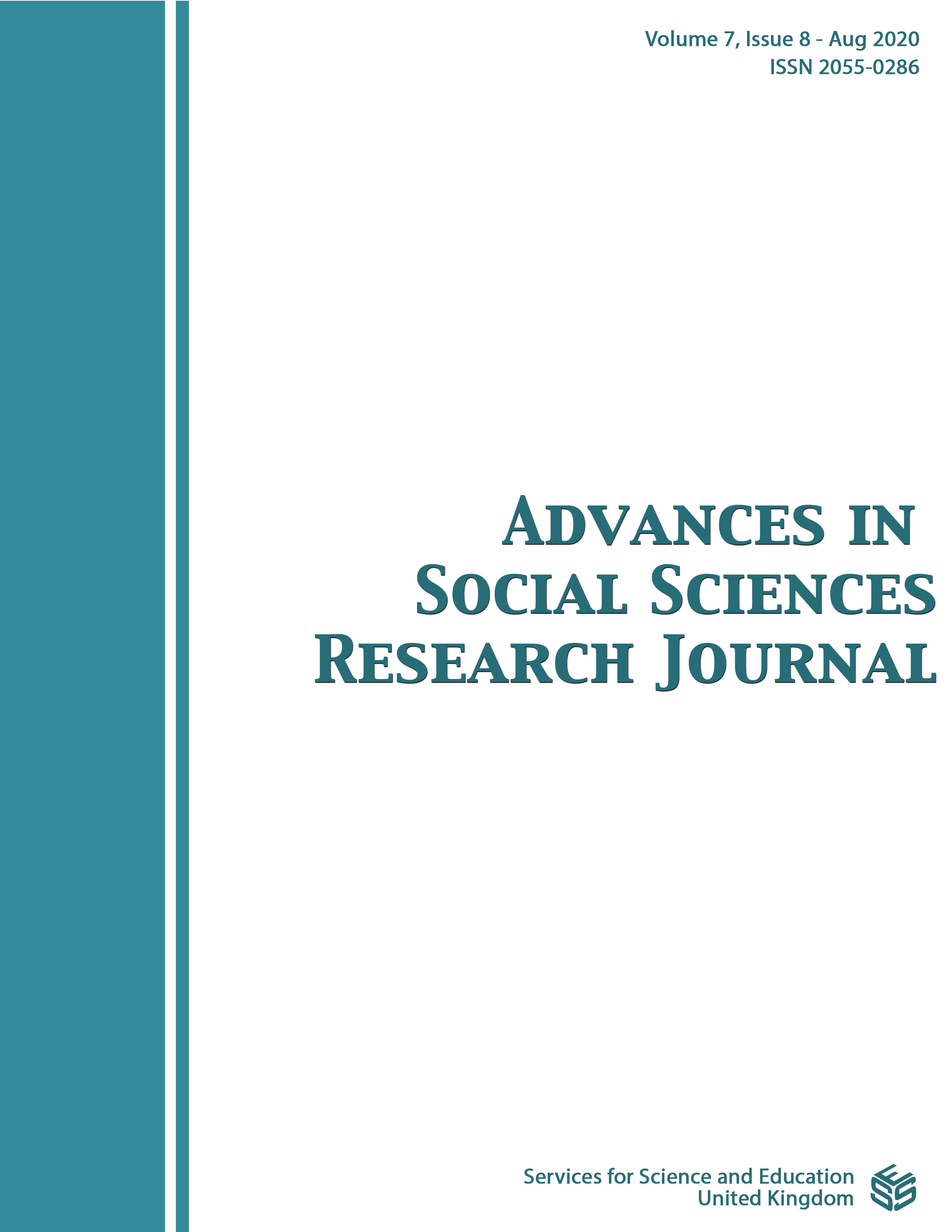The Importance Of Early Child Drug Education; Indonesian Regulatory Perspective
DOI:
https://doi.org/10.14738/assrj.78.8907Keywords:
Early child education; drug education; child drug abuse; early drug educationAbstract
Drug abuse can be happened to anybody. Drug abuse can cause systematic destruction to the sustainability of a state. It is especially important that children and teenager should be avoided from using drugs. There are many kinds of approaches that can be done. One among them was an early education against drug abuse. This research aimed to elaborate the importance of early child drug education and try to provide solutions on how the education must be conducted, based on Indonesian laws and regulations.
Data used in this research were of secondary data, which mainly consisted of primary legal sources and secondary legal sources. Data were obtained through literature review using “google” search machine. Data were analysed using deductive “legal reasoning” method, with qualitative approach. Research found that in many jurisdictions, children have been introduced, exposed, and misuse several kinds of drugs. To avoid it, state shall initiate and provide support through education. It may involve formal or informal education institutions. Research also found that early drugs education for children would be good to provide early knowledge to the children so that they can avoid misusing drugs. However, it must be taught by competent person to avoid mis-reception. Indonesia shall has enough sources to implement it. Under current prevailing legislations, Indonesia shall have enough support to start the education. Though Indonesia has sufficient laws and regulations, however Indonesia still needs good system, competent human resources, technologies, facilities, infrastructure, and enough financing to implement the laws and regulations. Inter-departmental cooperation must be set up to support the implementation.
References
[2]. United Nations Office on Drugs and Crime (UNODC). (2018). World Drug Report 2018. Vienna: UNODC.
[3]. James Reed Drug Use & Abuse Statistics, Trends & Data (2019). 9 June 2019, available on https://isum.com/drug-use-statistics/ accessed on 13 September 2019.
[4]. Pusat Data dan Informasi. (2018). Infodatin Situasi Narkoba di Indonesia. Jakarta: Kementerian Kesehatan RI.
[5]. Martina Rosa Dwi Lestari (2016) available on https://www.netralnews.com/news/pendidikan/read/26672/bnn.22.persen.pengguna.narkoba.adalah.pejalar.dan.mahasiswa accessed on 13 September 2019
[6]. Riga Nurul Iman. BNN: 27 Persen Pengguna Narkoba Pelajar dan Mahasiswa. 30 Oct 2017, available on https://nasional.republika.co.id/berita/nasional/daerah/17/10/30/oymn2n423-bnn-27-persen-pengguna-narkoba-pelajar-dan-mahasiswa accessed on 13 September 2019
[7]. National Institute on Drug Abuse (NIDA). (2003). Preventing Drug Use among Children and Adolescents: A Research-Based Guide for Parents, Educators, and Community Leaders, Second Edition. Bethesda (Maryland): NIH Publication
[8]. Dawe, Sharon, Sally Frye, David Best, Derran Moss, Judy Atkindson, Chris Evans, Mark Lynch and Paul Harnett. Australian National Council on Drugs (ANCD). (2007). Drug Use in the Family Impacts and Implications for Children. Canberra: Australian National Council on Drugs (ANCD).
[9]. United Nation International Drug Control Programme (UNDCP). (1995). ‘The Social Impact of Drug Abuse.” position paper presented for the World Summit for Social Development, Copenhagen, 6-12 March 1995
[10]. Dore, Martha M. (1998). Impact and Relationship of Substance Abuse and Child Maltreatment: Risk and Resiliency Factors: What Research Tell Us. Paper prepared for presentation at the Conference entitled “Protecting Children in Substance Abusing Families”, 28 September 1998
[11]. Inter-Agency Committee on Drugs. (2015). National Drug Policy 2015 to 2020. Wellington: Ministry of Health New Zealand
[12]. Meyer, Lois and Helen Cahill. (2004). Principles for School Drug Education. Canberra: Australian Government Department of Education, Science and Training
[13]. Millar, Julie. (n.d.). School Community Approaches to Drug Education; Case Studies. Victoria: Department of Education and Early Childhood Development Australia
[14]. United Nations Office on Drugs and Crime. (2004). School-based Education for Drug Abuse Prevention. New York: UN Publication
[15]. National Crime Prevention Centre (NCPC). (2009). School-Based Drug Abuse Prevention: Promising and Successful Programs. Ontario (Canada): NCPC
[16]. Lee, Jeff. (2012). Guidelines and Recommendations for School-based Prevention. Grosupije: Institute for Research and Development UTRIP
[17]. McBride, Nyanda. (2003). “A Systematic Review of School Drug Education.” Health Education Review. 18(6), 729-742
[18]. Botvin, Gilbert J. and Kenneth W. Griffin. (2003). “Drug Abuse Prevention Curricula in Schools.” In Z. Sloboda and Bukoski W.J. (Eds). Handbook of Drug Abuse Prevention: Theory, Science and Practice. New York: Kluwer Academic, 45-74
[19]. Warren, Fran. (2016). ’What Works’ in Drug Education and Prevention? Edinburgh (Scotland): The Scottish Government St Andrew’s House
Downloads
Published
How to Cite
Issue
Section
License
Authors wishing to include figures, tables, or text passages that have already been published elsewhere are required to obtain permission from the copyright owner(s) for both the print and online format and to include evidence that such permission has been granted when submitting their papers. Any material received without such evidence will be assumed to originate from the authors.






